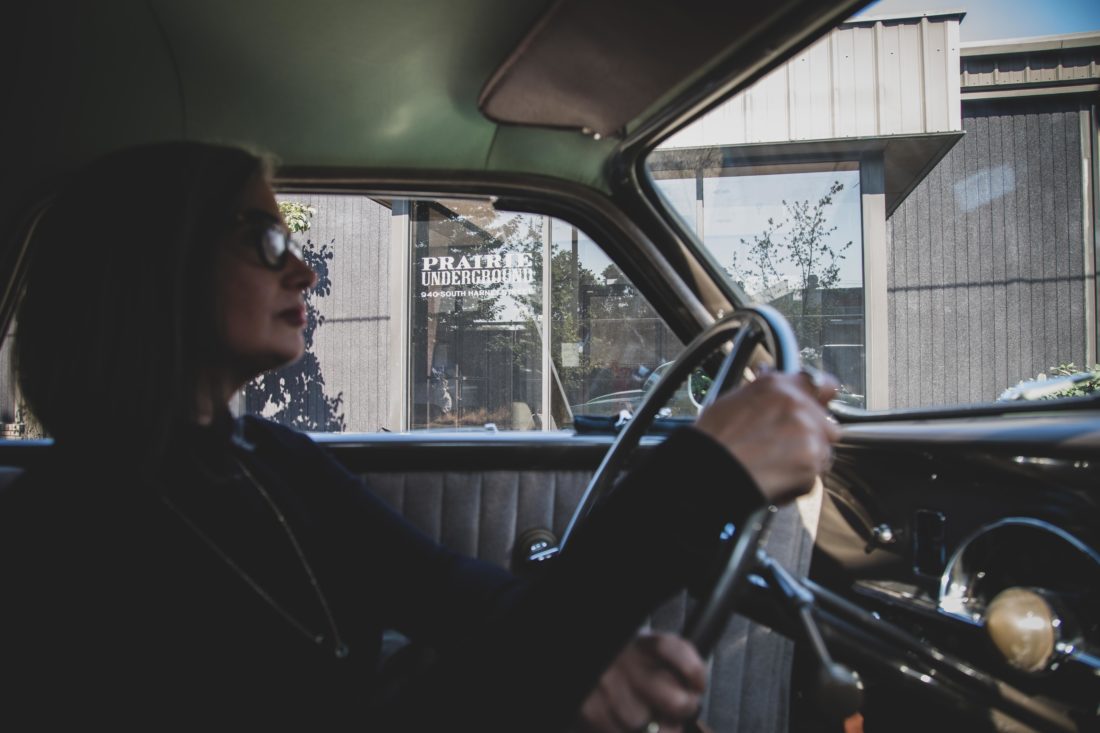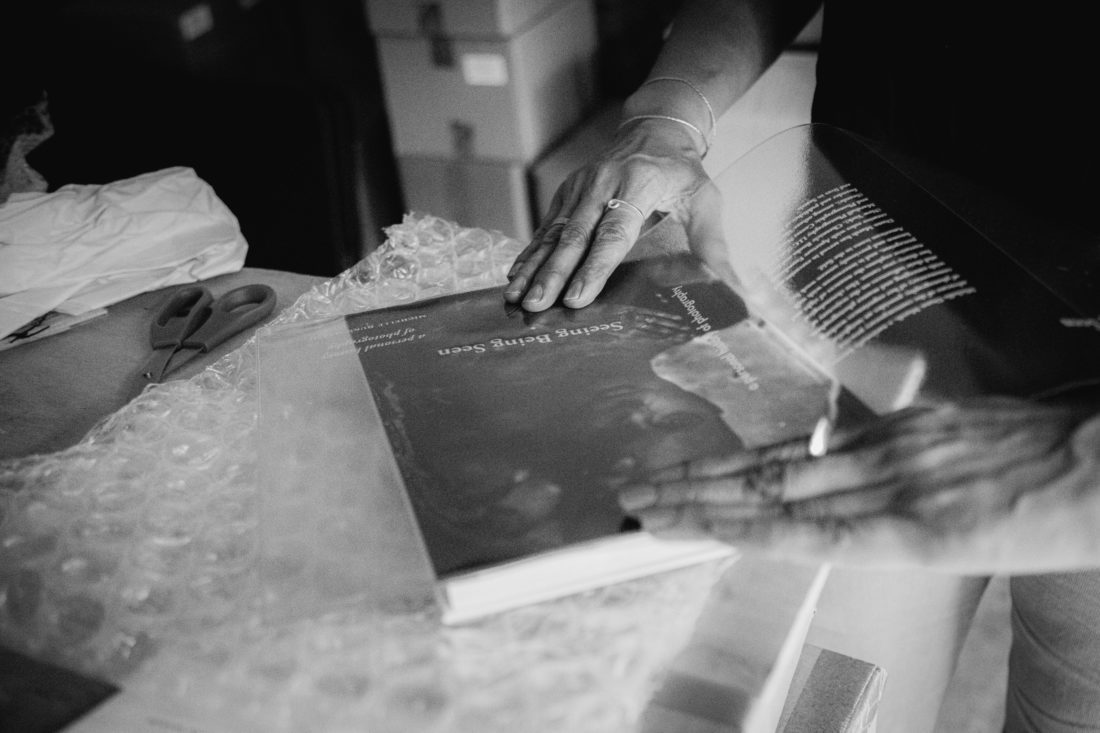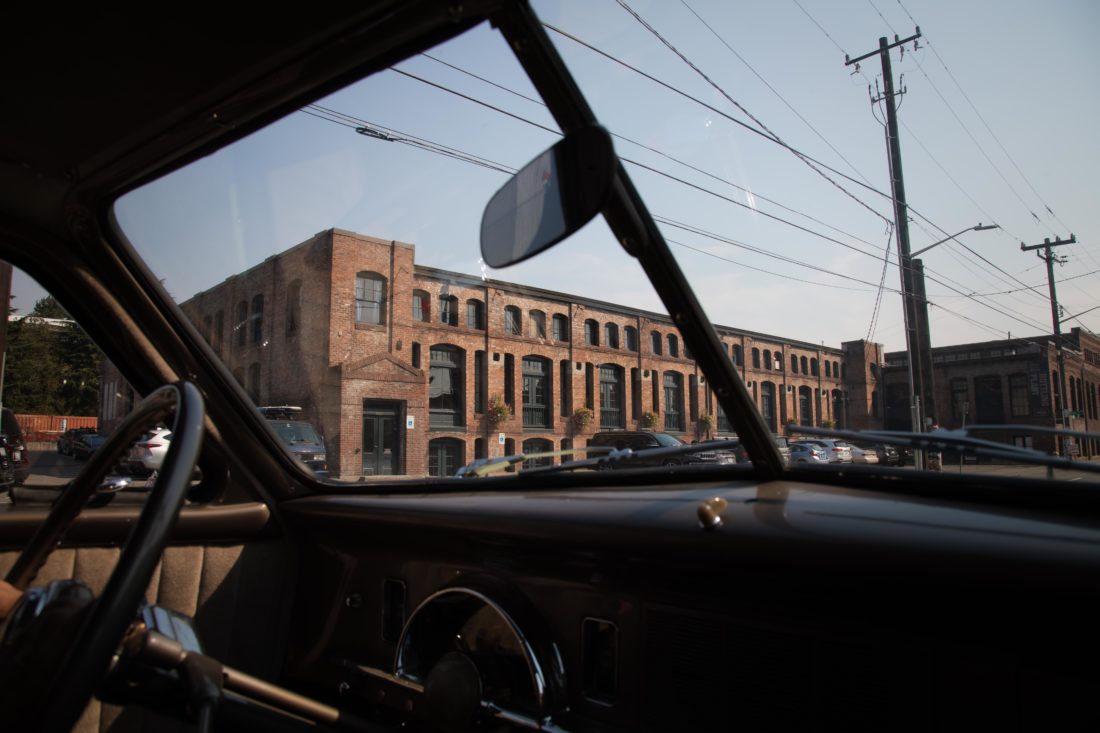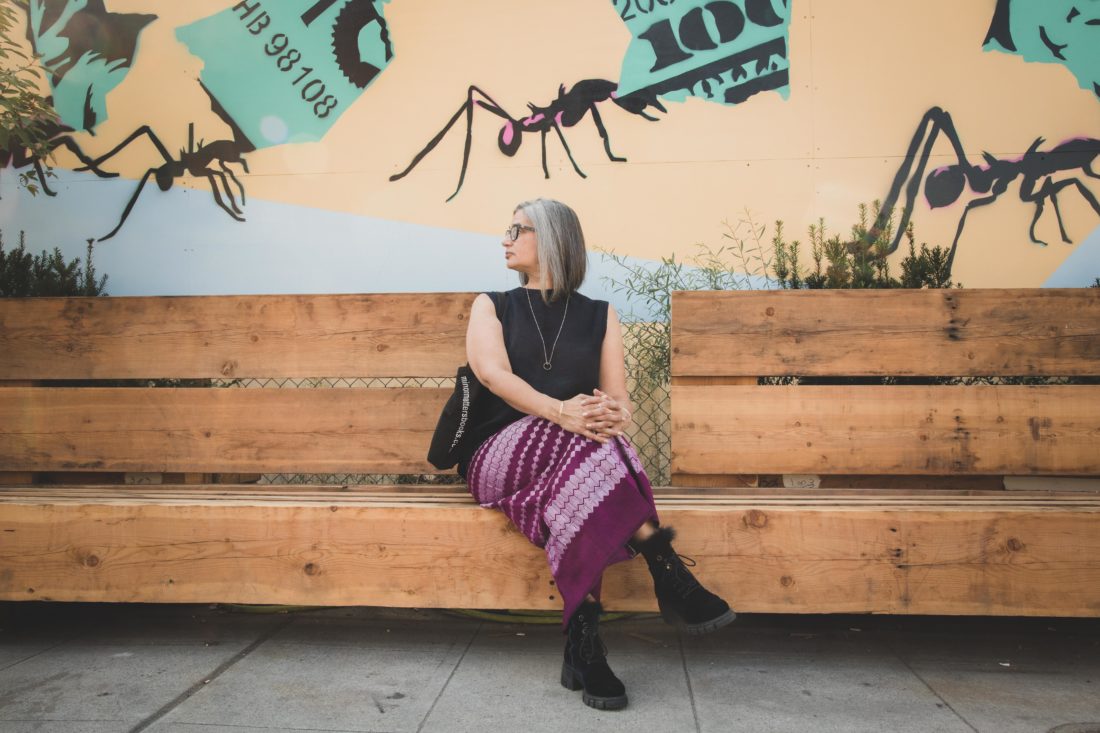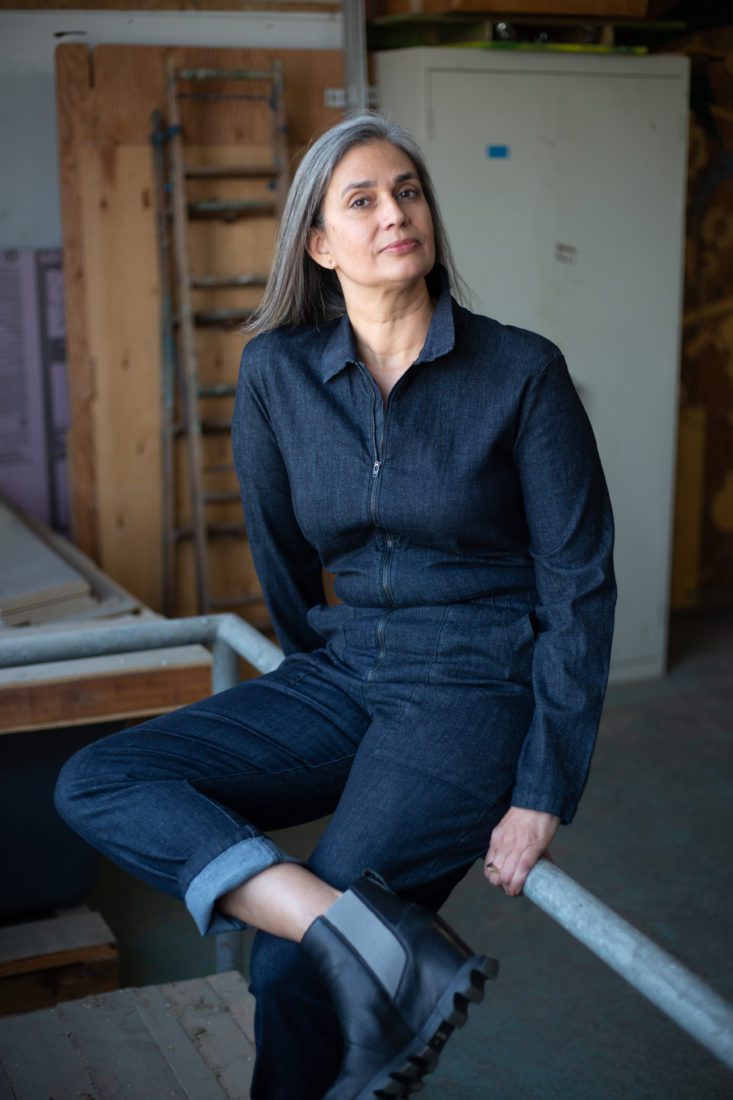
PRAIRIE X MINOR MATTERS
We Are Relaunching Our Series Women We Love. Michelle Dunn Marsh From Minor Matters And I Have Known Each Other For Several Years. Michelle Embodies The Values We Hold At Prairie Underground And We Love To Feature Our Clothing On The Individuals Who Wear Them. As Celebration Of Our Mutual Interest And Support, Michelle Suggested We Visit Some Of Our Neighbors, Red Soul And Housewright, In The Georgetown Neighborhood Of Seattle Where Our Warehouse And Flagship Boutique Is Located. Michelle’s Inclusion Of Other Neighborhood Proprietors Was A Reminder To Move Outside Of Our Established Routines And To Celebrate Community.
INTERVIEW WITH MICHELLE DUNN MARSH / BY ELISA Clements
10/25/2023
How did Minor Matters start? Tell us more about your business?
Minor Matters is a collaborative publishing platform I conceived, and in 2013 launched with my friend Steve McIntyre. We develop books with visual authors, and publish them with the engagement and agreement of an international audience. We look to and for projects that reflect concerns and interests of our time, realized by creative practitioners with demonstrated expertise in their craft, and distinctive, often lesser represented, viewpoints. Books that move forward through public pre-purchase of 500 copies are thoughtfully edited, designed, and printed, and often include original scholarship that adds insight to the visual work presented. Our books and authors have been featured by NPR, The New York Times, The Atlantic, the Boston Globe’s Love Letters podcast, Slate, and numerous other indie and mainstream press outlets. We do not sell our books on Amazon, choosing instead to work with independent retailers nationally and internationally.
We are a small entity. Steve built and refines the infrastructure of our online existence, does all the work on our site, manages lists, newsletters, marketing channels, responds to inquiries—what happens on screen is his domain. He studies our process and advances in online retail to keep us efficient and effective. When we’re weighing risks, he is often the person saying “YES! Go!” when I am leaning toward “no”. I acquire, develop, design, edit, and manage production on our books, write sales and marketing text, and manage distribution. We also have a cadre of incredible colleagues, from image separators to copyeditors to print reps and warehouse and fulfillment experts, many of whom have worked with us for over a decade.
If you wouldn’t mind telling us a bit about your background? Tell us a bit about your career?
I was born in Seattle and grew up in Puyallup, Washington. Since 2000 I have split my time between Seattle and Manhattan. I am of mixed ethnicities. My Indo-Burmese, Irish, small town, farming, car loving, food-informed, colonially-impacted heritage crops up in obvious and surprising ways in my life.
I started counting characters and printing photographs for layouts working on my junior high school yearbook, and have maintained a fascination with the integration of words and images ever since.I have worked for and with numerous publishers and cultural institutions on both coasts in the production of books, exhibitions, and other public programs. Along the way I have also maintained a professional existence as an educator, and held leadership positions in arts institutions. But when a stranger in an elevator asks me what I do, my instinctual answer is: “I’m a designer.” I see design as problem solving, and problem solving is a daily pursuit, regardless of what title I hold at any given moment.
Who has influenced you the most? For example, fashion icons, artists, writers, musicians…those who have left a mark on you?
Oh, good question, and a long list of answers in no particular order. Clark Gable. Michael Jackson. Prince. Cyndi Lauper. Aung San Suu Kyi, Vishnu, Catholicism, James Joyce, Rumi, Billy Joel, Ray Charles, Duran Duran, Freddie Mercury, CS Lewis, Audrey Hepburn, The Book of Kells, Minor White, Chinua Achebe, Carrie Mae Weems, Harley Davidsons, every Cameron Crowe and John Hughes movie, the Princess Bride, Sinead O’Connor, Salman Rushdie. All
the photographers I’ve worked with have left some trace, along with my siblings, Alistaire Marsh and cousins on both sides of my family who have loved and accepted me and helped me gain an understanding of self.
It’s an incredible privilege to have worked with emerging, mid-career and master artists throughout the last thirty years. I’ve learned to honor craft, expertise, determination, and continuous study as a result. I’ve been a part of hundreds of books, yet I am also conscious that each one is unique. There is an element of starting anew every time we begin a publication, and then drawing upon knowledge that has been acquired through decades of making, and ongoing curiosity about the history of the book.
Who would you like to work with in the future? Alive or dead.
Shared confidence and shared respect are the hallmarks of our strongest collaborations.
We are currently developing titles with Selena Kearney here in the Northwest, and with Adrian Burrell, who is based in California, and have a few other discussions underway that are not yet in contract. I really hope Will Wilson will do a book one day. The world deserves a monograph of and by Derrick Adams, ditto Kambui Olujimi. Russell Johnson has been photographing the work of significant glass artists for decades and I hope we can showcase his subtle and important contributions to that medium. I would like there to be a book witnessing what my friend Yoko Ott contributed to the arts community in King County. I would like one or several small volumes articulating the iterative process of how Matt Adams from Red Soul creates. I would like a book about and by the Black Constellation. This list goes on and on.
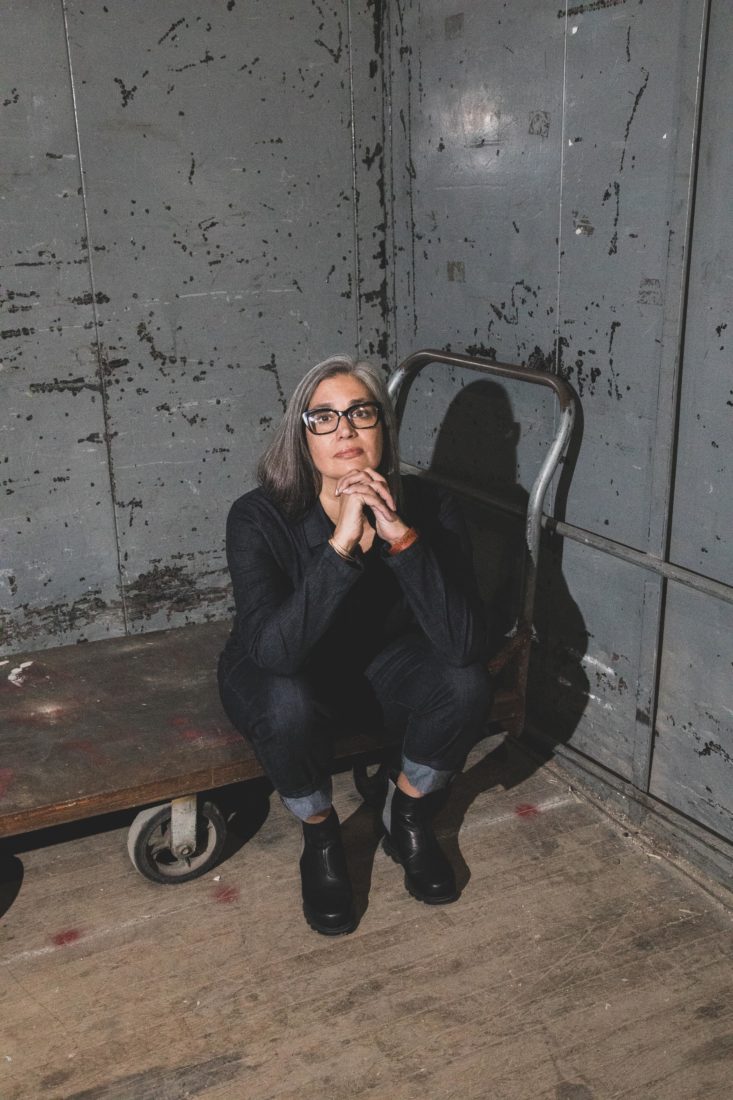
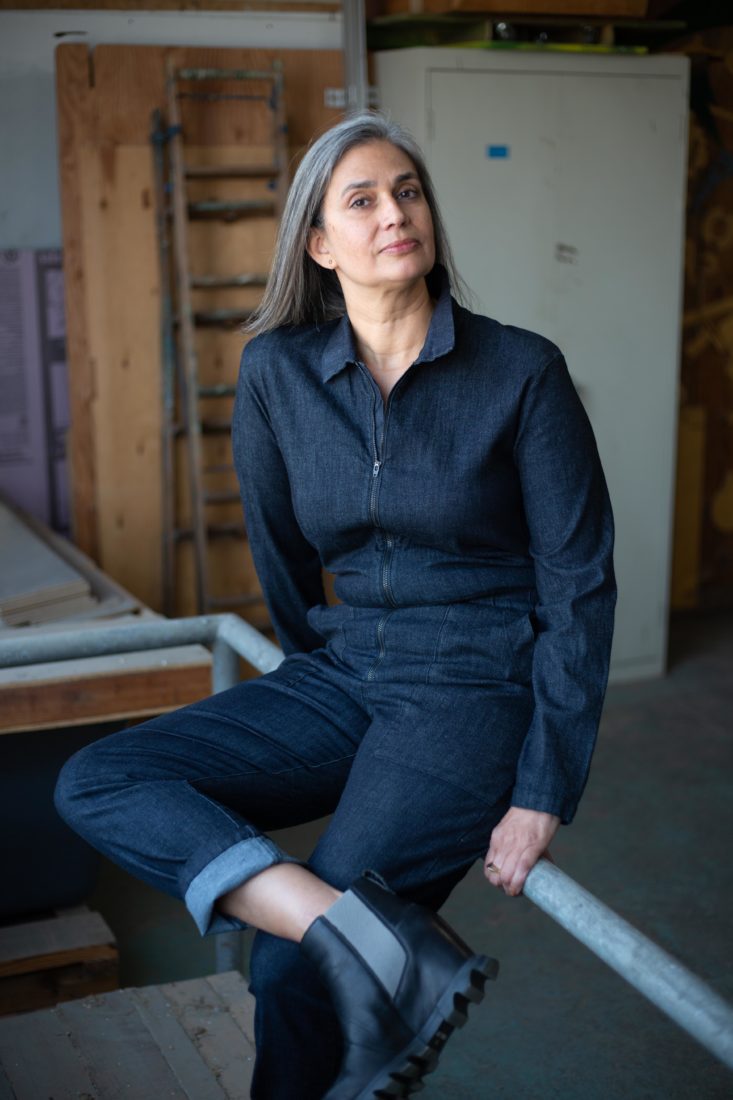
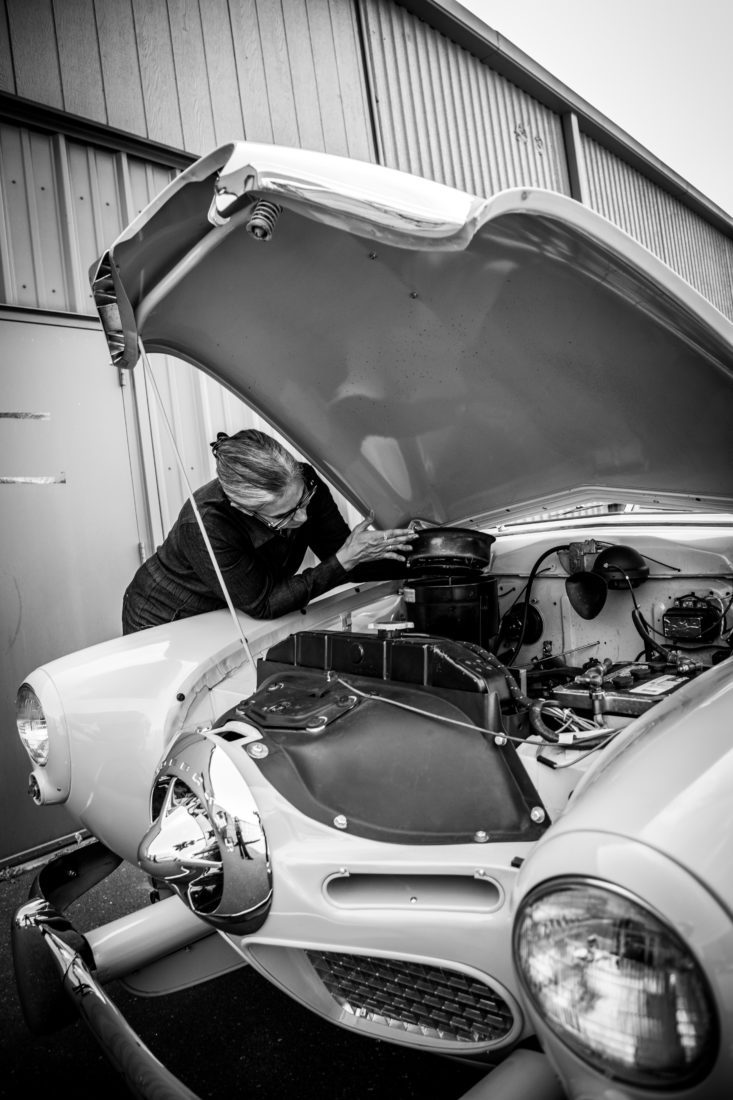
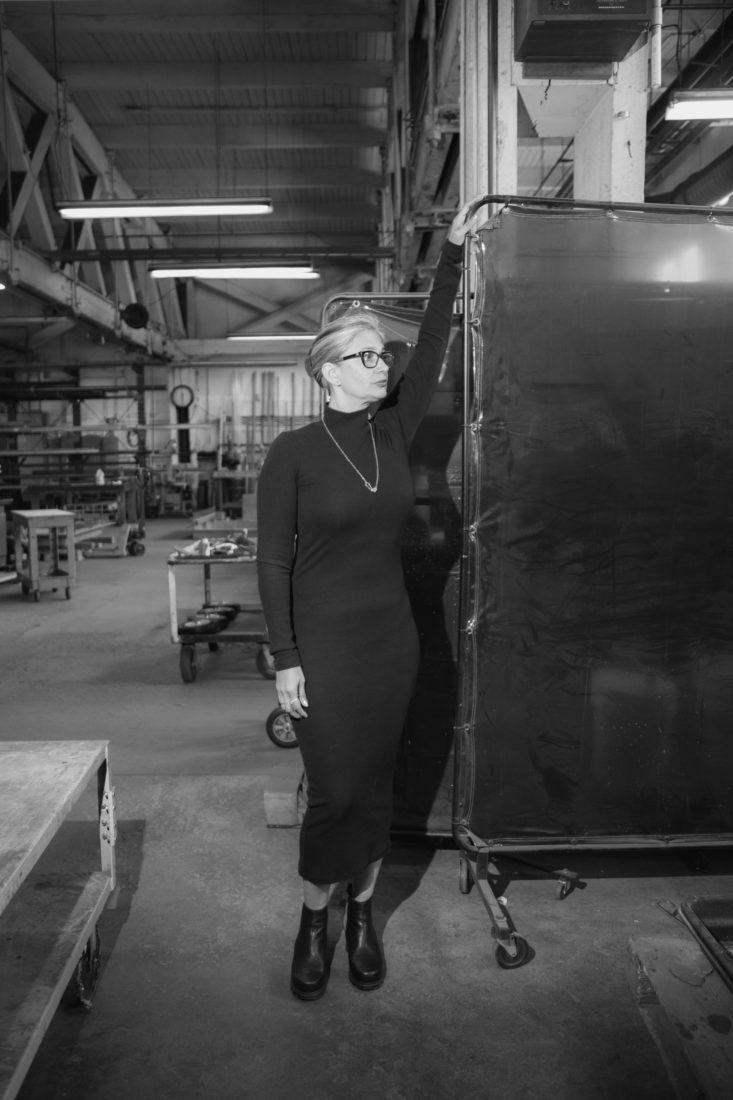
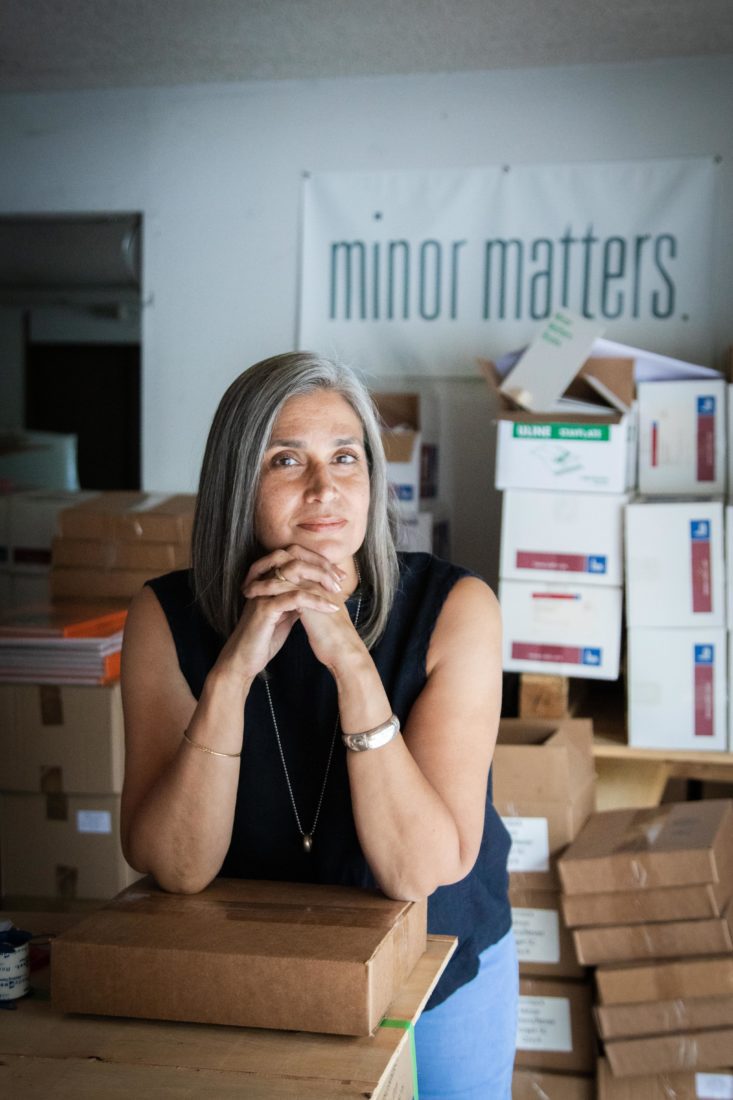
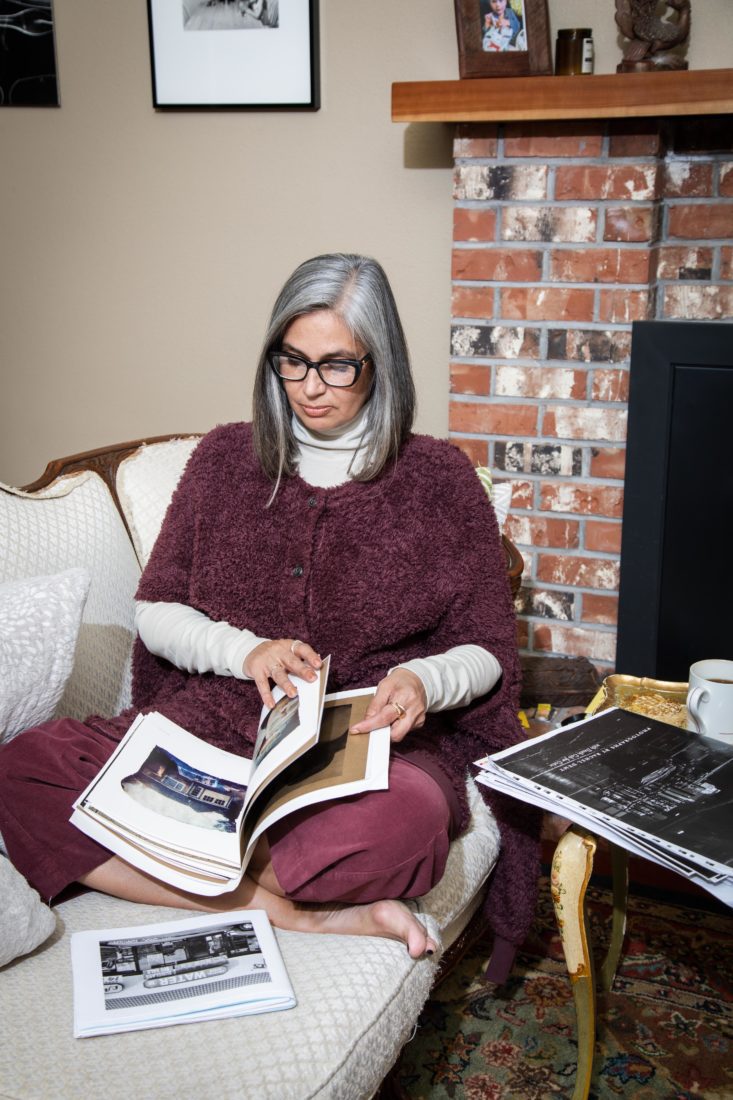
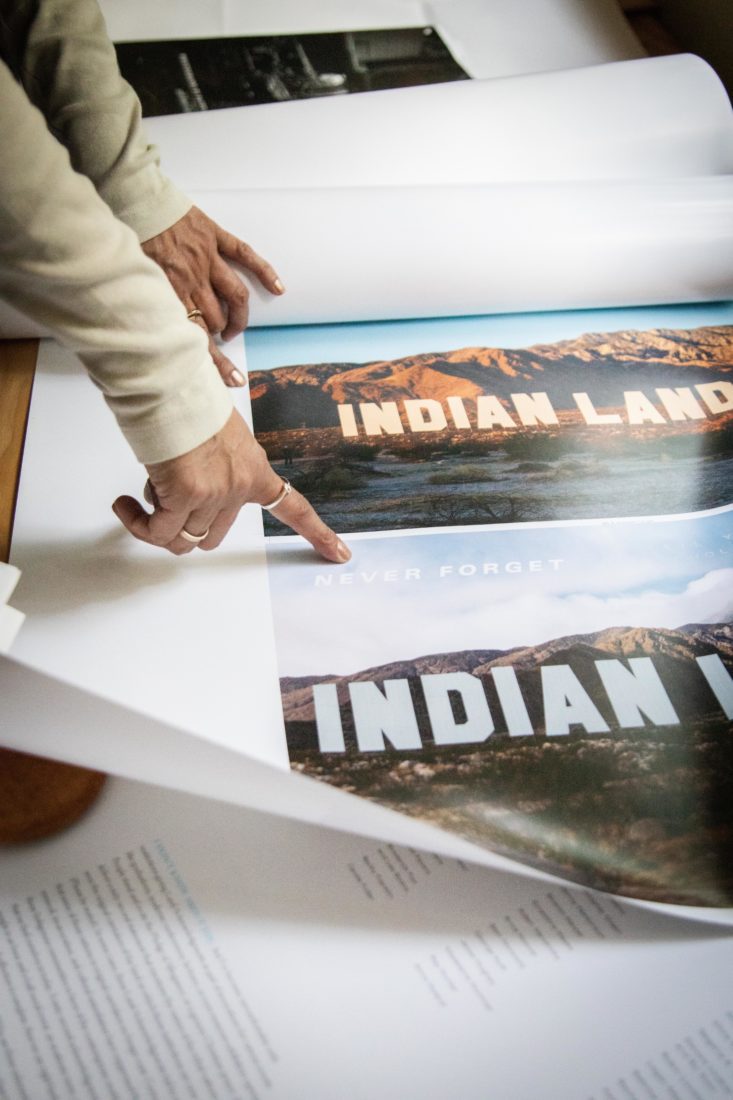
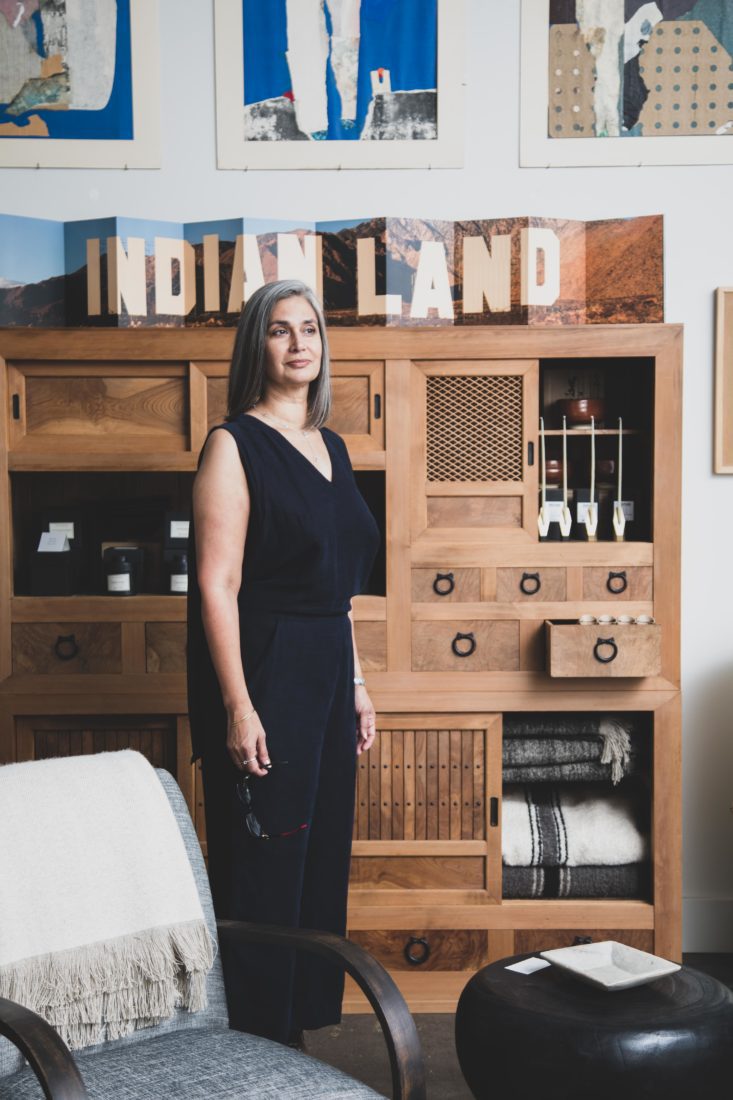
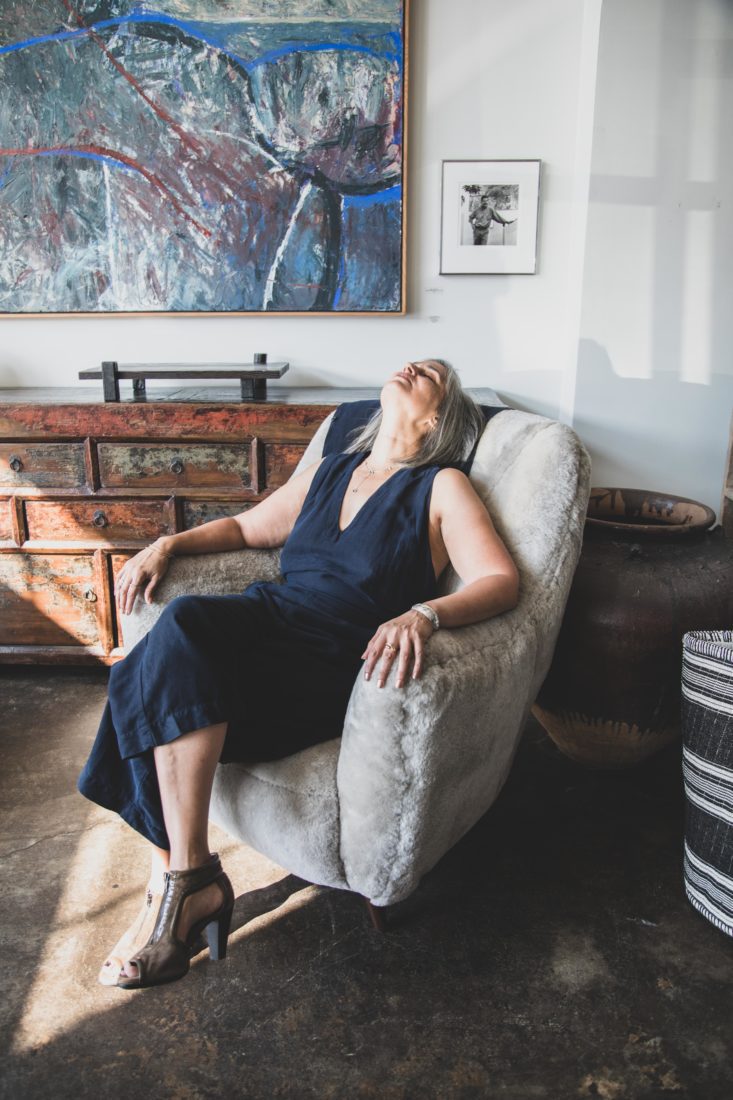
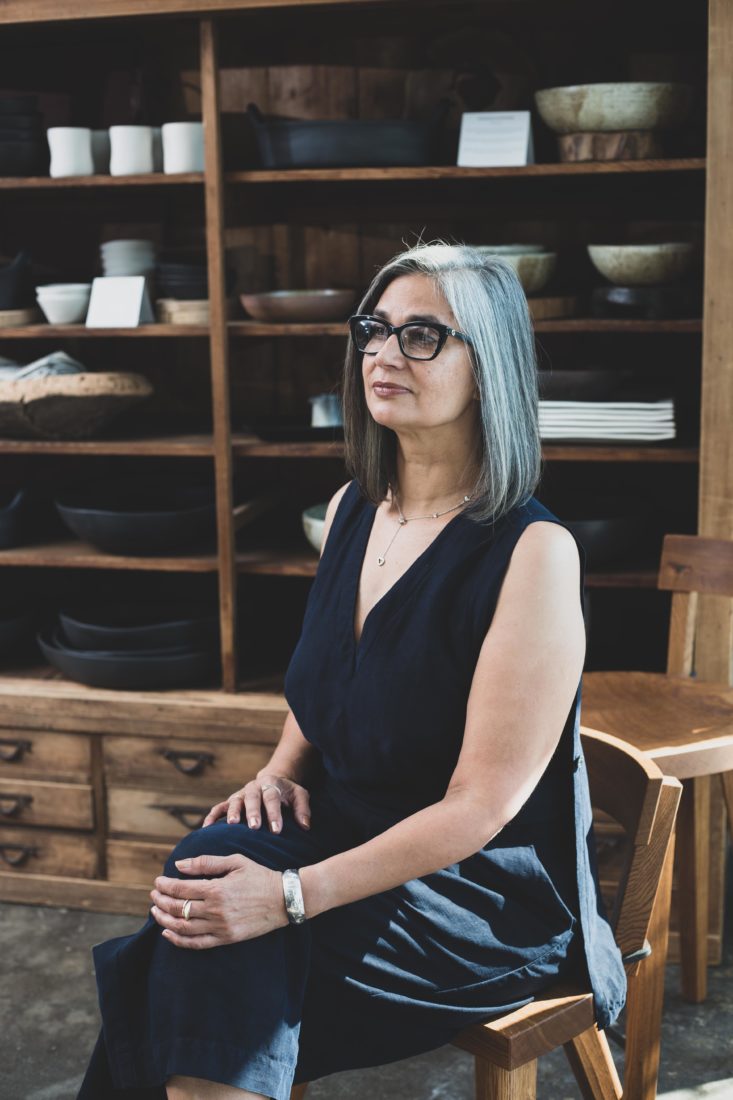
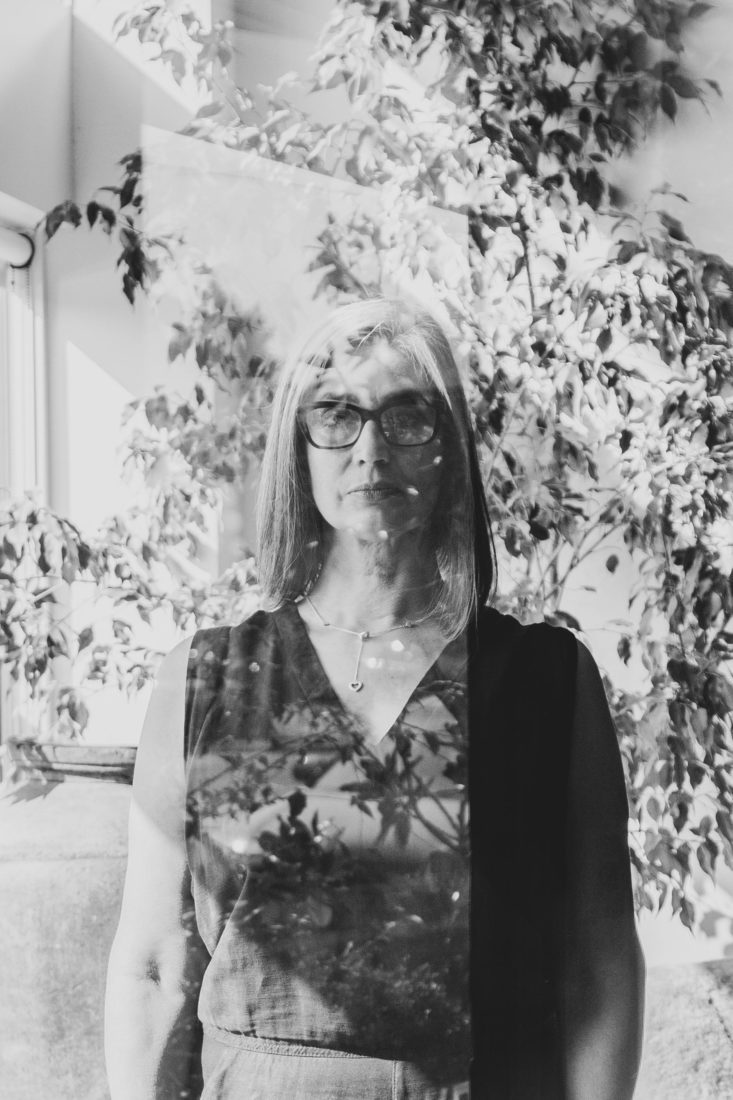
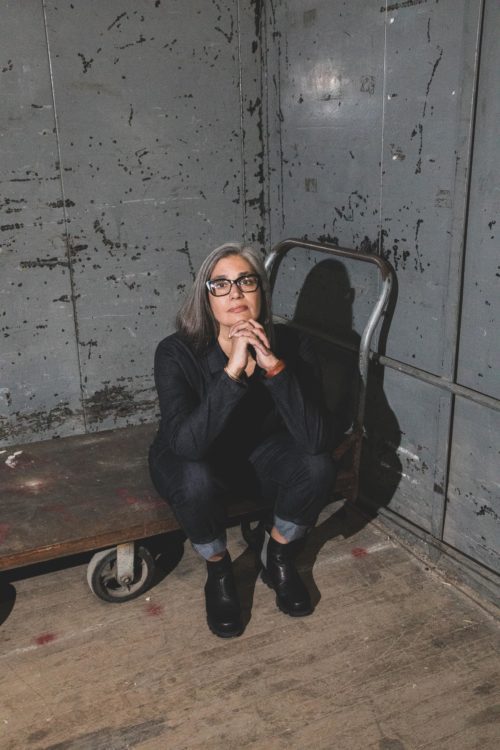
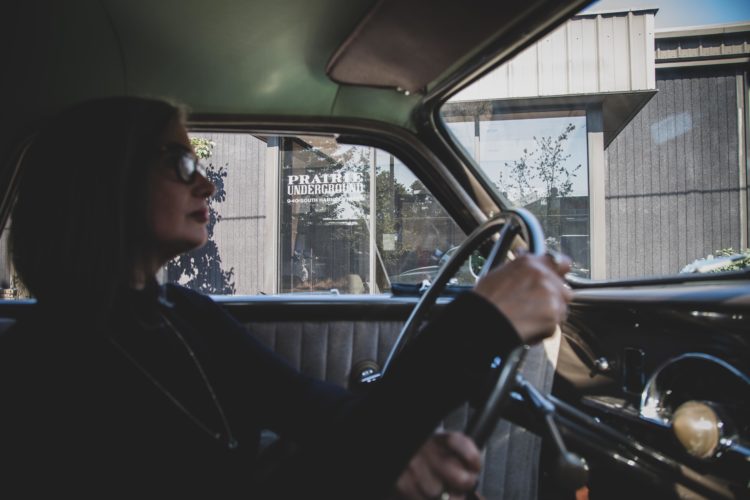
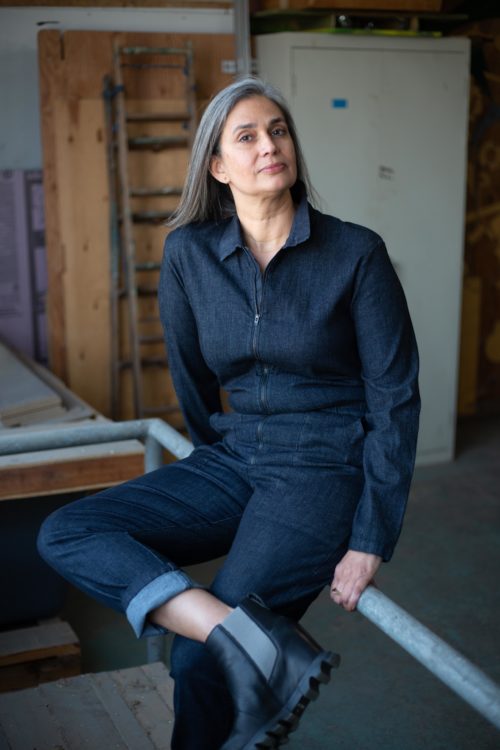
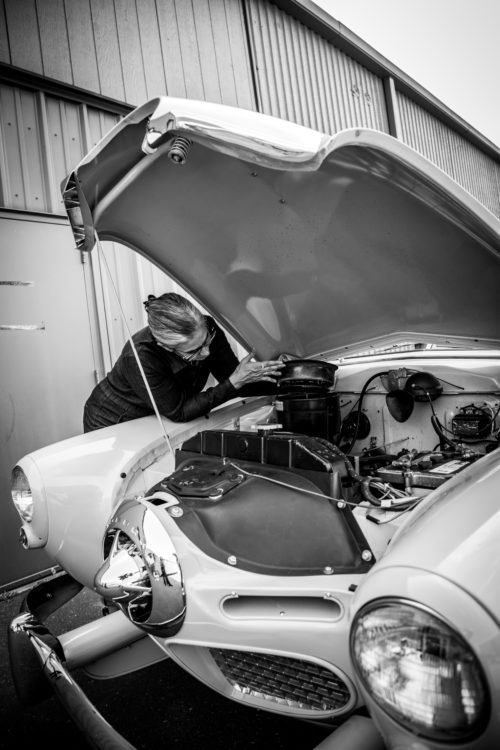
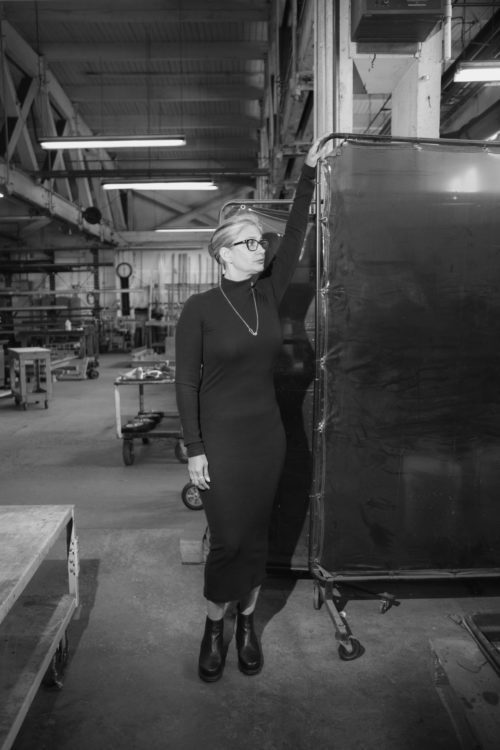
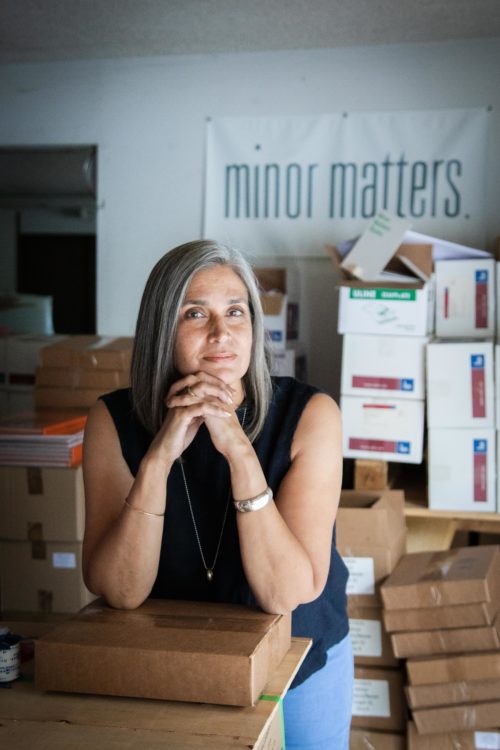
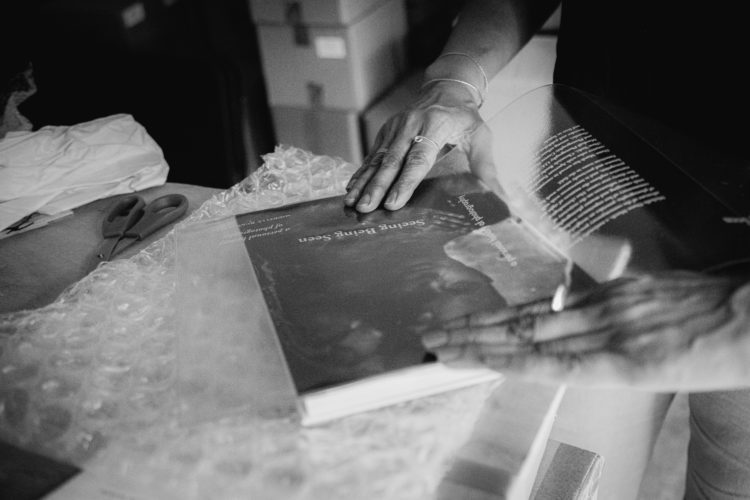
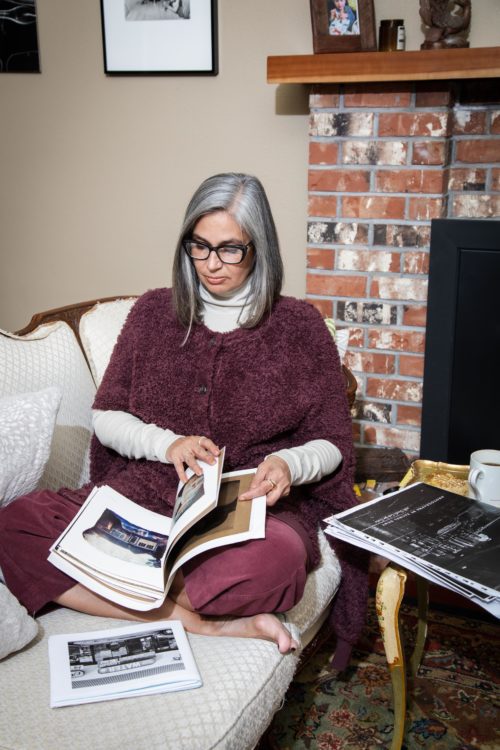
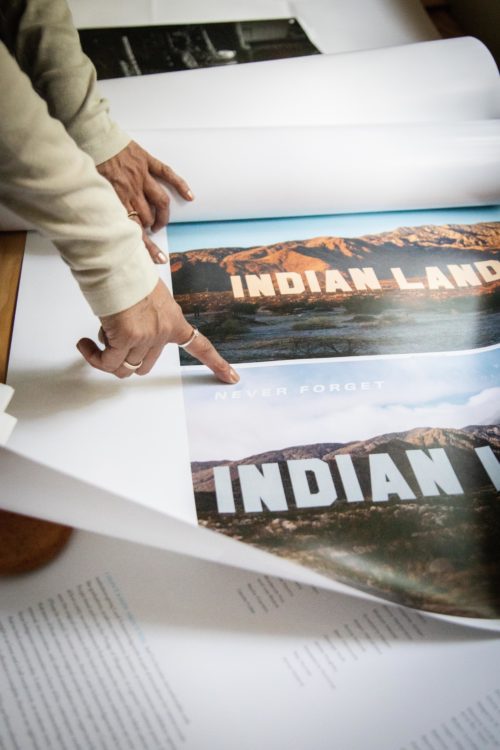
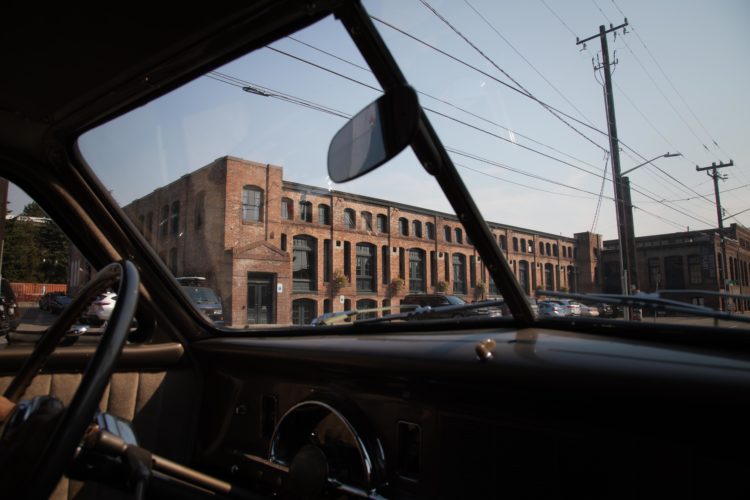
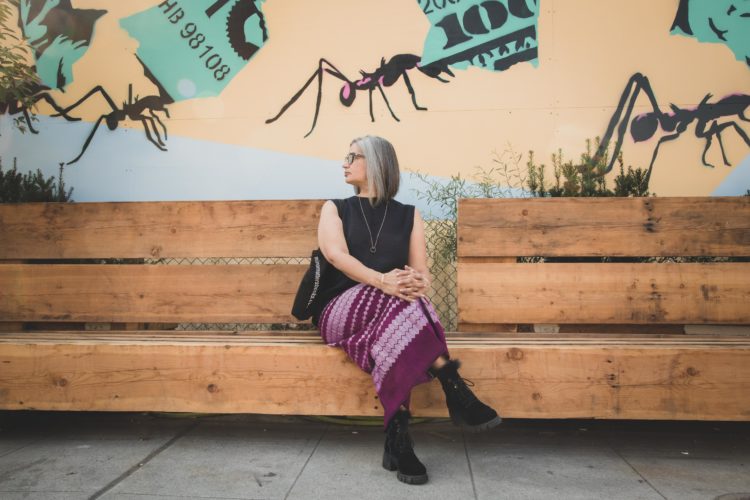
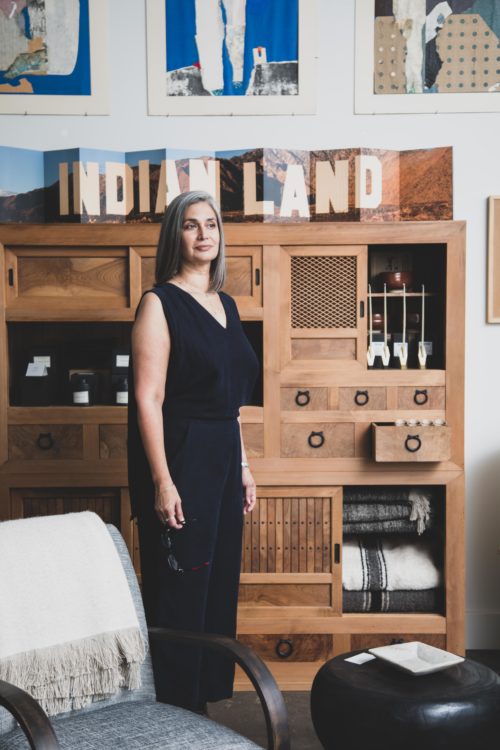
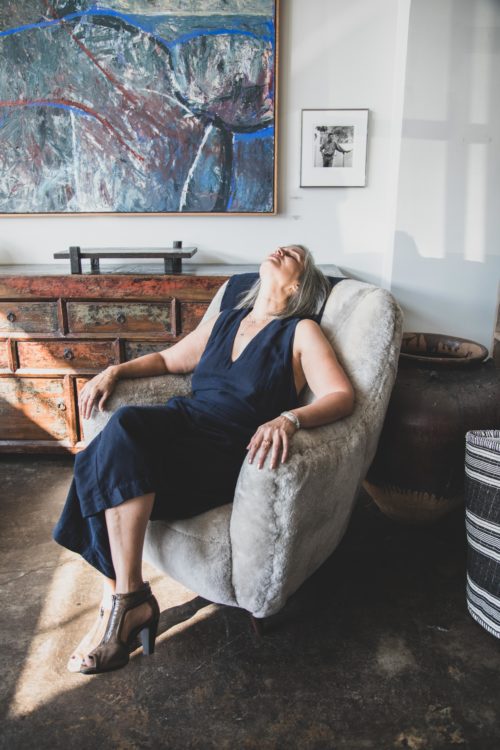
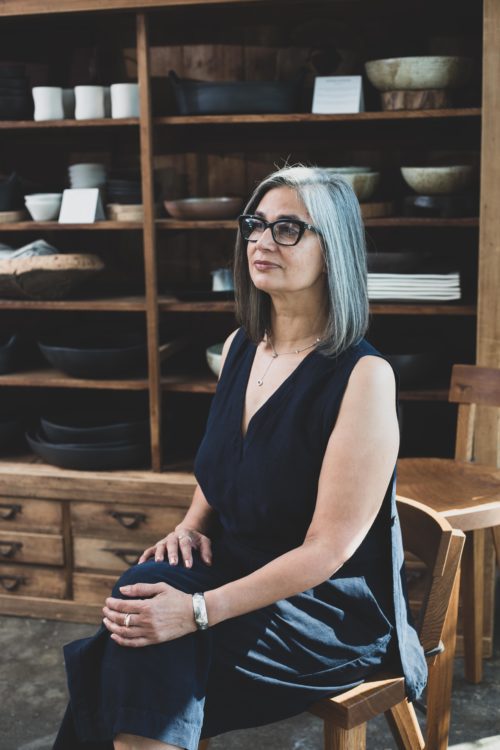
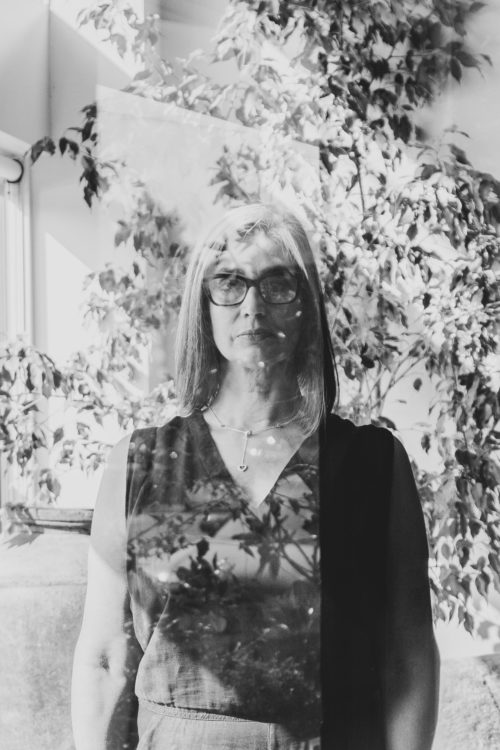
Adjacent to the artists, though, is the public. What is truly distinct about Minor Matters is that we, and our authors, have also entered into collaboration with our audience, and we publish (or not) with the engagement of the reader, the collector, the librarian, the consumer. We do not want to be utilizing the resources necessary to produce a printed book if there is no community willing to receive the vessel we’ve created, willing to encounter the material within it.
At Prairie, we love doing collaborations with local people. Can you tell us about the locations you chose to be photographed in?
We are honored that Prairie Underground chose to highlight Minor Matters. There are so many great independents in the Georgetown neighborhood where Prairie is based that we wanted to foster connections to some of the businesses we love there, and share the opportunity!
Housewright, the incredible retail space that sprung forth from the talented mind of Tim Pfeiffer, has featured our books over the years, so it was great to highlight their elegant and visually enticing environs.
Red Soul started as one of those proverbial garage businesses in 2006. It flourished due to the vision and persistence of its owner Matt Adams. I’ve known Matt for many years. He has significant talent. And he’s a good friend. I feel really comfortable in his shop, and I think that shows in the photographs, Elisa, you made there.
I think attention to craft and materiality connects all these businesses—Prairie, Minor Matters, Housewright, Red Soul—to each other, which reflects a Northwest sensibility that began with our First Nations and has persisted and permeated settler culture despite the current association of this region with tech.
Fashion can be very intertwined into our personal expression; how do you describe your relationship with your clothes?
I have long seen clothes as costume and performance. I was very shy for most of my childhood, and often felt uncomfortable that people noticed me. As an adolescent my method of “fighting back” against unwanted attention was to provoke it through outfits I constructed (a few of these appear in Seeing Being Seen: A Personal History of Photography). When I began traveling professionally as an adult, I found I was still somewhat shy. Distinctive shoes or a striking wardrobe choice could draw strangers to me, allowing me to engage in conversation I might have been reticent to initiate otherwise.
How does Prairie fit into your personal style?
Prairie’s clothing has flair and versatility, and it is easy to maintain. I am very “low maintenance” in how I present to the world. I don’t have a lot of time or patience when it comes to preparing clothing (or hair, or makeup). Prairie uses great, often natural fabrics that can be hand- or machine washed, and line dried. I have rolled up many pieces into a backpack or a carry-on suitcase and they are still immediately presentable on the body. That’s huge for me.
Prairie’s pieces are distinct, yet work well with the rest of my eclectic closet. I have leggings and hoodies from Prairie I have literally worn to disintegration, and signature pieces that make a statement when I choose to. As someone who has frequent public-facing occasions along with a quiet day-to-day existence, Prairie pieces span both, allowing me flexibility and comfort. I can dress pieces up or down depending on what is paired with them, or adjust a jacket or tunic that has been designed to be worn a few
different ways with very different looks. That’s an incredible benefit, especially when traveling.
What is your relationship to Prairie?
I was introduced to Prairie by my friend Cynthea Bogel, who was then living in Seattle. She has a significant collection of Comme des Garçons, so I took seriously any comments she had about a local clothing line. At the first Prairie sample sale I attended I saw many colleagues who I learned were also Prairie fans. Then I got to know Davora, who was involved with several contemporary arts institutions in Seattle. She has great style, and once I connected her to Prairie I knew I had to pay attention to its output.
A turning point was in 2015 or so. I was serving as an executive director for a local non-profit organization, and was planning its gala. Three days before the event I called Davora in a panic, because I had no idea what I was going to wear, and asked if she would dress me. I didn’t even really know what that meant; I just knew I needed help. She pulled some items, including a dress I still regret I did not have the courage to buy, or wear. Spending just an hour or so with her that day was transformative, getting a sense of how she saw my essence, and my style, and Prairie’s clothes, and how they all melded.
I ended up wearing the piece Above/Below (I bought it in two colors, midnight and ivory) with a silk longyi. I think there was even a photograph of it in Seattle magazine? Anyway, at a stressful time, I felt me in what I was wearing. I felt comfortable, and it bonded me to Prairie.

PRAIRIE X MINOR MATTERS
We Are Relaunching Our Series Women We Love. Michelle Dunn Marsh From Minor Matters And I Have Known Each Other For Several Years. Michelle Embodies The Values We Hold At Prairie Underground And We Love To Feature Our Clothing On The Individuals Who Wear Them. As Celebration Of Our Mutual Interest And Support, Michelle Suggested We Visit Some Of Our Neighbors, Red Soul And Housewright, In The Georgetown Neighborhood Of Seattle Where Our Warehouse And Flagship Boutique Is Located. Michelle’s Inclusion Of Other Neighborhood Proprietors Was A Reminder To Move Outside Of Our Established Routines And To Celebrate Community.
INTERVIEW WITH MICHELLE DUNN MARSH / BY ELISA CLEMENTS
10/25/2023
How did Minor Matters start? Tell us more about your business?
Minor Matters is a collaborative publishing platform I conceived, and in 2013 launched with my friend Steve McIntyre. We develop books with visual authors, and publish them with the engagement and agreement of an international audience. We look to and for projects that reflect concerns and interests of our time, realized by creative practitioners with demonstrated expertise in their craft, and distinctive, often lesser represented, viewpoints. Books that move forward through public pre-purchase of 500 copies are thoughtfully edited, designed, and printed, and often include original scholarship that adds insight to the visual work presented. Our books and authors have been featured by NPR, The New York Times, The Atlantic, the Boston Globe’s Love Letters podcast, Slate, and numerous other indie and mainstream press outlets. We do not sell our books on Amazon, choosing instead to work with independent retailers nationally and internationally.
We are a small entity. Steve built and refines the infrastructure of our online existence, does all the work on our site, manages lists, newsletters, marketing channels, responds to inquiries—what happens on screen is his domain. He studies our process and advances in online retail to keep us efficient and effective. When we’re weighing risks, he is often the person saying “YES! Go!” when I am leaning toward “no”. I acquire, develop, design, edit, and manage production on our books, write sales and marketing text, and manage distribution. We also have a cadre of incredible colleagues, from image separators to copyeditors to print reps and warehouse and fulfillment experts, many of whom have worked with us for over a decade.
If you wouldn’t mind telling us a bit about your background? Tell us a bit about your career?
I was born in Seattle and grew up in Puyallup, Washington. Since 2000 I have split my time between Seattle and Manhattan. I am of mixed ethnicities. My Indo-Burmese, Irish, small town, farming, car loving, food-informed, colonially-impacted heritage crops up in obvious and surprising ways in my life.
I started counting characters and printing photographs for layouts working on my junior high school yearbook, and have maintained a fascination with the integration of words and images ever since.
I have worked for and with numerous publishers and cultural institutions on both coasts in the production of books, exhibitions, and other public programs. Along the way I have also maintained a professional existence as an educator, and held leadership positions in arts institutions. But when a stranger in an elevator asks me what I do, my instinctual answer is: “I’m a designer.” I see design as problem solving, and problem solving is a daily pursuit, regardless of what title I hold at any given moment.
Who has influenced you the most? For example, fashion icons, artists, writers, musicians…those who have left a mark on you?
Oh, good question, and a long list of answers in no particular order. Clark Gable. Michael Jackson. Prince. Cyndi Lauper. Aung San Suu Kyi, Vishnu, Catholicism, James Joyce, Rumi, Billy Joel, Ray Charles, Duran Duran, Freddie Mercury, CS Lewis, Audrey Hepburn, The Book of Kells, Minor White, Chinua Achebe, Carrie Mae Weems, Harley Davidsons, every Cameron Crowe and John Hughes movie, the Princess Bride, Sinead O’Connor, Salman Rushdie. All the photographers I’ve worked with have left some trace, along with my siblings, Alistaire Marsh and cousins on both sides of my family who have loved and accepted me and helped me gain an understanding of self.
It’s an incredible privilege to have worked with emerging, mid-career and master artists throughout the last thirty years. I’ve learned to honor craft, expertise, determination, and continuous study as a result. I’ve been a part of hundreds of books, yet I am also conscious that each one is unique. There is an element of starting anew every time we begin a publication, and then drawing upon knowledge that has been acquired through decades of making, and ongoing curiosity about the history of the book.
Who would you like to work with in the future? Alive or dead.
Shared confidence and shared respect are the hallmarks of our strongest collaborations.
We are currently developing titles with Selena Kearney here in the Northwest, and with Adrian Burrell, who is based in California, and have a few other discussions underway that are not yet in contract. I really hope Will Wilson will do a book one day. The world deserves a monograph of and by Derrick Adams, ditto Kambui Olujimi. Russell Johnson has been photographing the work of significant glass artists for decades and I hope we can showcase his subtle and important contributions to that medium. I would like there to be a book witnessing what my friend Yoko Ott contributed to the arts community in King County. I would like one or several small volumes articulating the iterative process of how Matt Adams from Red Soul creates. I would like a book about and by the Black Constellation. This list goes on and on.
Adjacent to the artists, though, is the public. What is truly distinct about Minor Matters is that we, and our authors, have also entered into collaboration with our audience, and we publish (or not) with the engagement of the reader, the collector, the librarian, the consumer. We do not want to be utilizing the resources necessary to produce a printed book if there is no community willing to receive the vessel we’ve created, willing to encounter the material within it.


























At Prairie, we love doing collaborations with local people. Can you tell us about the locations you chose to be photographed in?
We are honored that Prairie Underground chose to highlight Minor Matters. There are so many great independents in the Georgetown neighborhood where Prairie is based that we wanted to foster connections to some of the businesses we love there, and share the opportunity!
Housewright, the incredible retail space that sprung forth from the talented mind of Tim Pfeiffer, has featured our books over the years, so it was great to highlight their elegant and visually enticing environs.
Red Soul started as one of those proverbial garage businesses in 2006. It flourished due to the vision and persistence of its owner Matt Adams. I’ve known Matt for many years. He has significant talent. And he’s a good friend. I feel really comfortable in his shop, and I think that shows in the photographs, Elisa, you made there.
I think attention to craft and materiality connects all these businesses—Prairie, Minor Matters, Housewright, Red Soul—to each other, which reflects a Northwest sensibility that began with our First Nations and has persisted and permeated settler culture despite the current association of this region with tech.
Fashion can be very intertwined into our personal expression; how do you describe your relationship with your clothes?
I have long seen clothes as costume and performance. I was very shy for most of my childhood, and often felt uncomfortable that people noticed me. As an adolescent my method of “fighting back” against unwanted attention was to provoke it through outfits I constructed (a few of these appear in Seeing Being Seen: A Personal History of Photography). When I began traveling professionally as an adult, I found I was still somewhat shy. Distinctive shoes or a striking wardrobe choice could draw strangers to me, allowing me to engage in conversation I might have been reticent to initiate otherwise.
How does Prairie fit into your personal style?
Prairie’s clothing has flair and versatility, and it is easy to maintain. I am very “low maintenance” in how I present to the world. I don’t have a lot of time or patience when it comes to preparing clothing (or hair, or makeup). Prairie uses great, often natural fabrics that can be hand- or machine washed, and line dried. I have rolled up many pieces into a backpack or a carry-on suitcase and they are still immediately presentable on the body. That’s huge for me.
Prairie’s pieces are distinct, yet work well with the rest of my eclectic closet. I have leggings and hoodies from Prairie I have literally worn to disintegration, and signature pieces that make a statement when I choose to. As someone who has frequent public-facing occasions along with a quiet day-to-day existence, Prairie pieces span both, allowing me flexibility and comfort. I can dress pieces up or down depending on what is paired with them, or adjust a jacket or tunic that has been designed to be worn a few different ways with very different looks. That’s an incredible benefit, especially when traveling.
What is your relationship to Prairie?
I was introduced to Prairie by my friend Cynthea Bogel, who was then living in Seattle. She has a significant collection of Comme des Garçons, so I took seriously any comments she had about a local clothing line. At the first Prairie sample sale I attended I saw many colleagues who I learned were also Prairie fans. Then I got to know Davora, who was involved with several contemporary arts institutions in Seattle. She has great style, and once I connected her to Prairie I knew I had to pay attention to its output.
A turning point was in 2015 or so. I was serving as an executive director for a local non-profit organization, and was planning its gala. Three days before the event I called Davora in a panic, because I had no idea what I was going to wear, and asked if she would dress me. I didn’t even really know what that meant; I just knew I needed help. She pulled some items, including a dress I still regret I did not have the courage to buy, or wear. Spending just an hour or so with her that day was transformative, getting a sense of how she saw my essence, and my style, and Prairie’s clothes, and how they all melded.
I ended up wearing the piece Above/Below (I bought it in two colors, midnight and ivory) with a silk longyi. I think there was even a photograph of it in Seattle magazine? Anyway, at a stressful time, I felt me in what I was wearing. I felt comfortable, and it bonded me to Prairie.
